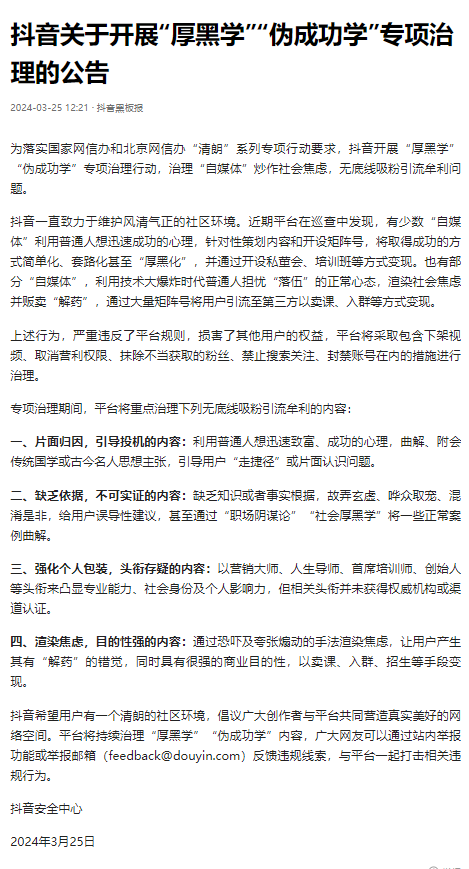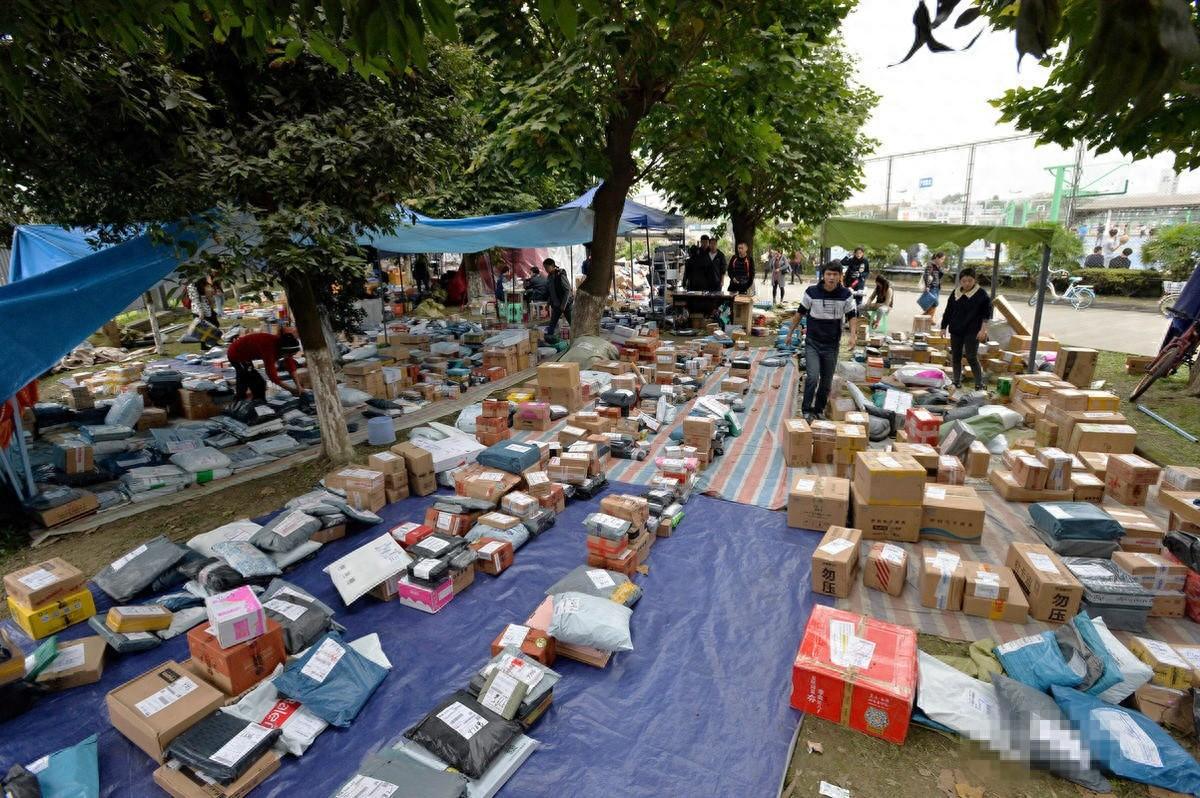After 17 years of construction, the Three Gorges Dam has accumulated 1.8 billion tons of sediment. What will be the ultimate consequences?
According to calculations, the average annual sediment inflow of the Three Gorges Reservoir is500 million tonsAround, that's already built17 yearsIsn't the Three Gorges already silted up and silted up8500 million tons.What are the consequences of so much sediment accumulation, and how does the Three Gorges Reservoir remove sediment?Consequences of Three Gorges SiltationSince the planning of the Three Gorges Dam, there have been mixed reviews and criticisms, with water conservancy experts being the most concerned among themProfessor Huang WanliObjection, heOppose the construction of the Sanmenxia Dam and the Three Gorges Dam
According to calculations, the average annual sediment inflow of the Three Gorges Reservoir is500 million tonsAround, that's already built17 yearsIsn't the Three Gorges already silted up and silted up8500 million tons.What are the consequences of so much sediment accumulation, and how does the Three Gorges Reservoir remove sediment?

Consequences of Three Gorges Siltation
Since the planning of the Three Gorges Dam, there have been mixed reviews and criticisms, with water conservancy experts being the most concerned among themProfessor Huang WanliObjection, heOppose the construction of the Sanmenxia Dam and the Three Gorges Dam.

And the prediction about the Three Gorges Dam is,The main and tributary sections of the Yangtze River above Yichang belong to the reduced slope section. The riverbed is mainly composed of gravel and gravel mixed with coarse sand. With a large amount of water flowing downstream and only one outlet of the Three Gorges, the dam will be blocked after construction. These gravel and gravel will continue to accumulate in the reservoir and cannot be eliminated. It may block Chongqing Port within ten years and extend upstream year by year, flooding the Jiangjin River during the flood season.

So we need to know that excessive sedimentation in the reservoir not onlyAffecting the normal performance of the reservoir and shortening its service life.Professor Huang Wanli
How to Discharge Sand from the Three Gorges Dam
Storing Clear and Removing Turbidity.

Moreover, in order to increase the sediment discharge capacity of the Three Gorges Dam, its ship locks and flood gates are also 18 meters lower than those of the power stations on both sides, and are also installed belowSand flushing holeWe also drew on the experience of Gezhouba and specifically set up aFlushing sluice.2003-201917 years571 million tonsThe total amount of sediment ultimately accumulated is only1.842 billion tons1.

2013.

This is mainly becauseMultiple dams have been built upstreamUnder the layer by layer storage, the amount of sediment entering the Three Gorges Reservoir is reduced, and there is also a problem along the upstream lineInitial Results in Soil and Water Control and Conservation WorkThe reduction of sediment erosion from the source is also why the flood control capacity of the Three Gorges Reservoir in China can still be preserved even after 100 years of operation85%.What is the relationship between this and the cleaning of gravel?
How to Treat Gravel and Pebble in the Three Gorges Dam
In fact, before the construction of the dam, the finer sediment in the upstream would follow the water flow, while the coarser sediment such as pebbles would be deposited. However, after the completion of the Three Gorges Dam, the water body was almost at a standstill, and the flow velocity in front of the dam could be ignored. The pebbles that were originally impacted by strong water flow also remained in place. Therefore, there was almost no sedimentation of these pebbles near the dam, mostly stranded in the area from Yichang to Jiangkou Town110km.

.
Disclaimer: The content of this article is sourced from the internet. The copyright of the text, images, and other materials belongs to the original author. The platform reprints the materials for the purpose of conveying more information. The content of the article is for reference and learning only, and should not be used for commercial purposes. If it infringes on your legitimate rights and interests, please contact us promptly and we will handle it as soon as possible! We respect copyright and are committed to protecting it. Thank you for sharing.(Email:[email protected])














